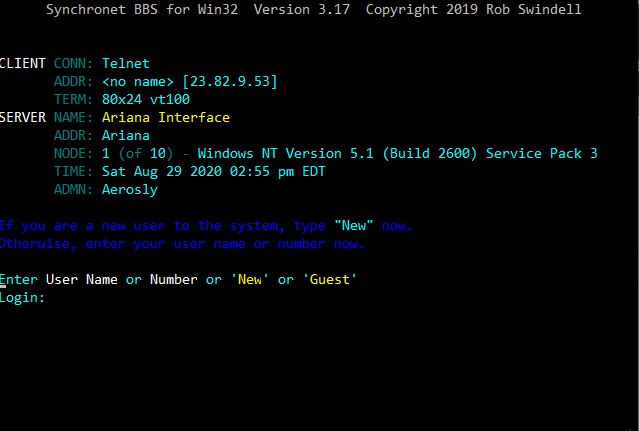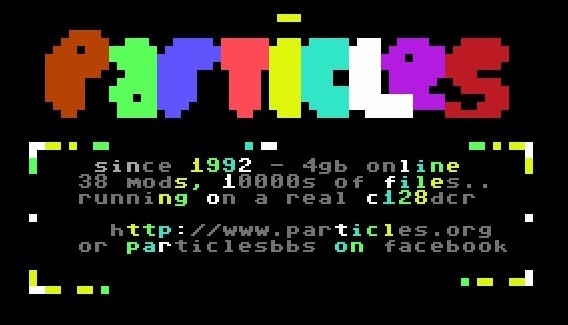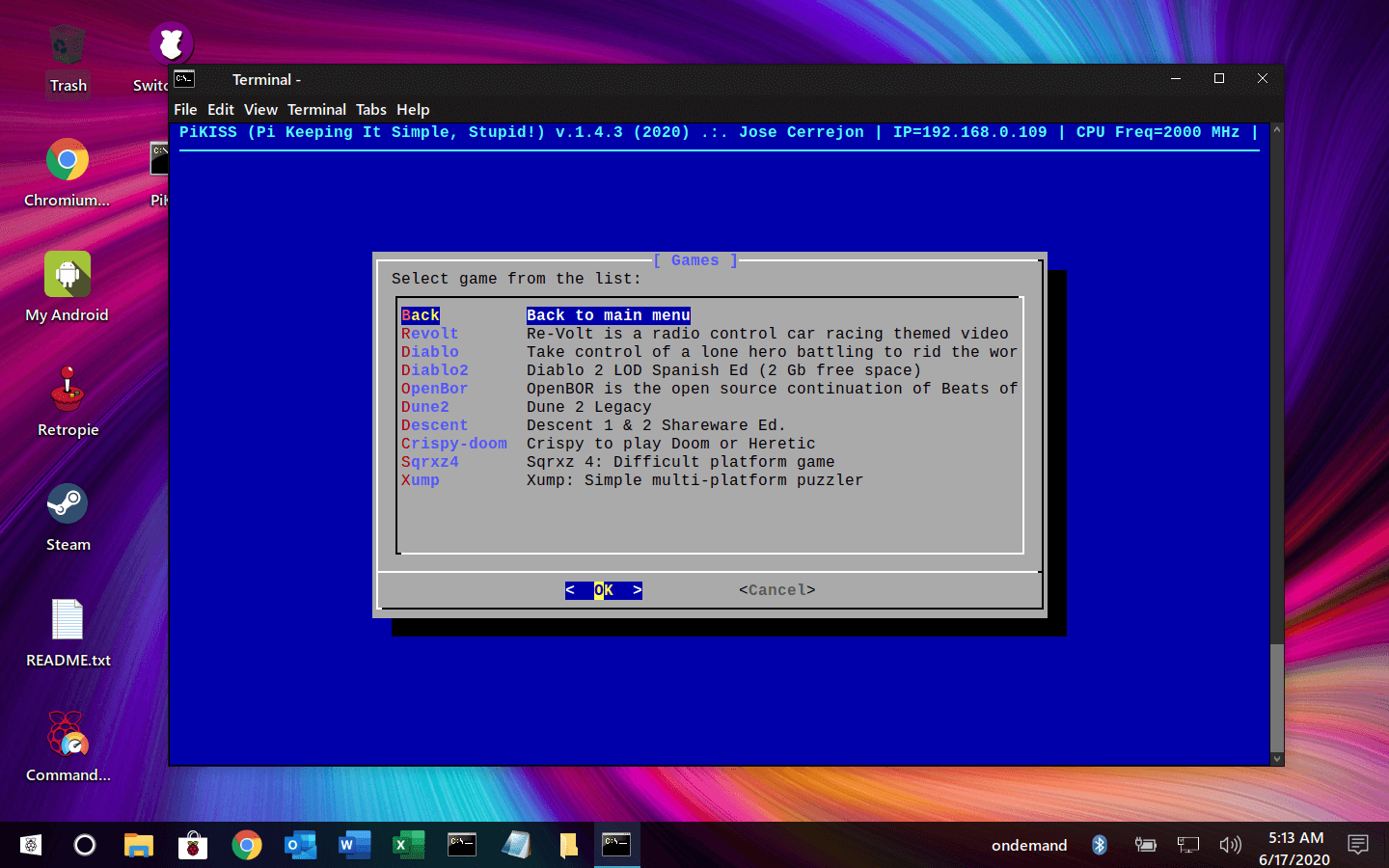

In which case for RIP its best (mandatory) to run syncterm in a graphical environment such as under X.
#Ubuntu syncterm install#
# Redhat/Fedora: To Install apps/libraries used to compileĮcho "Redhat/Fedora found: Preparing to install relevant libraries."Įcho "sudo yum install wget ncurses-devel devtoolset-8 SDL2"Įcho "About to download the syncterm application source."ĭ=$(ls -1hrtd sync*/|tail -1|sed 's/\/$//g')Įcho "Set st_path variable for the SRC_ROOT path." Sudo apt-get install -y wget libncurses5-dev libncursesw5-dev gcc libsdl1.2-dev build-essential # Debian/Ubuntu: To Install apps/libraries used to compileĮcho "Debian/Ubuntu found: Preparing to install relevant libraries."

I highly, highly recommend this.Echo "This will get syncterm, build it, and install it for you!"ĬheckOS=$(grep -i id_like /etc/os-release|awk -F\= ''|sed 's/"//g') This does a near perfect emulation and can run in full-screen mode as well. I came across this excellent one written for all 3 operating systems as well as a few other popular ones that handles ANSI emulation beautifully as well as being fully featured and it reminds me of the old school dialer terminals from the 80s.Īnd I created a simple mirror on my BBS server here:
#Ubuntu syncterm mac os x#
On a side note, Linux, Mac OS X and Windows don’t include very good ANSI terminals. Have fun configuring the rest of the system! Once the connection is successfully made another dos window will appear with the BBS running in it.Ī basic Renegade BBS has now been started. You should see the connection being made in the dos window. Run ‘net2bbs.exe’, make sure port 23 isn’t firewalled and attempt to connect to it. Rem ** If running a non-door32.sys system, add a " %1" to end of above line **Ĭ:rgnetfossnetcom.exe %1 %2 %3 %4 %5 %6 %7 %8 %9 I used the default ‘rg’ path with my install and the file looks like this: off First add ‘%1? to the first netfoss line and change all the paths. Now the ‘nf.bat’ file needs a couple of minor changes. Then we specify the node ‘-n*N’, ‘-Q’ to tell Renegade to quit after the connection is gone and ‘-B115200? to set the baud rate. They key change here is the ‘Command=’ and ‘StartPath’ lines. ResolveMsg=Resolving your IP Address, One moment. Use the sample net2bbs.ini they give you and alter it to the following: Ĭommand=c:rgnetfossnf.bat /n*N /h*H c:rgrenegade -n*N -Q -B115200 The next thing to do is make the necessary changes to the ‘net2bbs.ini’ and ‘nf.bat’ files. Please, replace ‘rg’ and ‘windows’ with your actual paths. Next, copy C:rgnetfossnetfoss.dll c:windowssystem32. This will create the basic BBS structure. Start by downloading the renegade package which includes NetFoss: My goal is to be able to easily get a Renegade BBS running over telnet and work with a number of common doors. It’s very rough and by no means 100% complete.

Especially considering the server itself is already handling quite a few other tasks.ĭocumentation is pretty much non-existent for this so I am documenting this for myself and others. I gave the VM 256MB of RAM and 4GB of hard drive space. The hardware is fairly old, Athlon XP 1700+ w/ 1.5GB of RAM. The Windows XP system is running under VMware Server 2.0 on an Ubuntu Server 8.04.2 LTS Linux installation. It requires the 16bit NT Virtual Dos Machine (NTVDM), included in XP (and WINE) only under 32bit implementations. Please note, to the best of my knowledge this does not work in 64bit Windows XP or IIRC, Vista. So I decided to throw a quick XP install in to a VM and fire this all up. However, this is designed for Windows XP.
#Ubuntu syncterm driver#
NetFoss itself is a fossil driver (communication driver talks between BBS software and modem) but also includes a complete telnet server as well for handling telnet communication with the BBS. As it turns out there’s this nifty set of programs that are part of NetFoss. I also have a soft spot for Renegade.Īfter numerous attempts using dosemu under Linux, WINE, VMware running FreeDOS and implementing my own virtual modem service written in Perl but I just couldn’t get things working right. There are quite a few updated BBSs out there that support Linux and telnet services out of the box however, I want to get my original BBS running again. I’ve been trying over time to get this running again.

Back in the day I ran a BBS using Renegade BBS software.


 0 kommentar(er)
0 kommentar(er)
